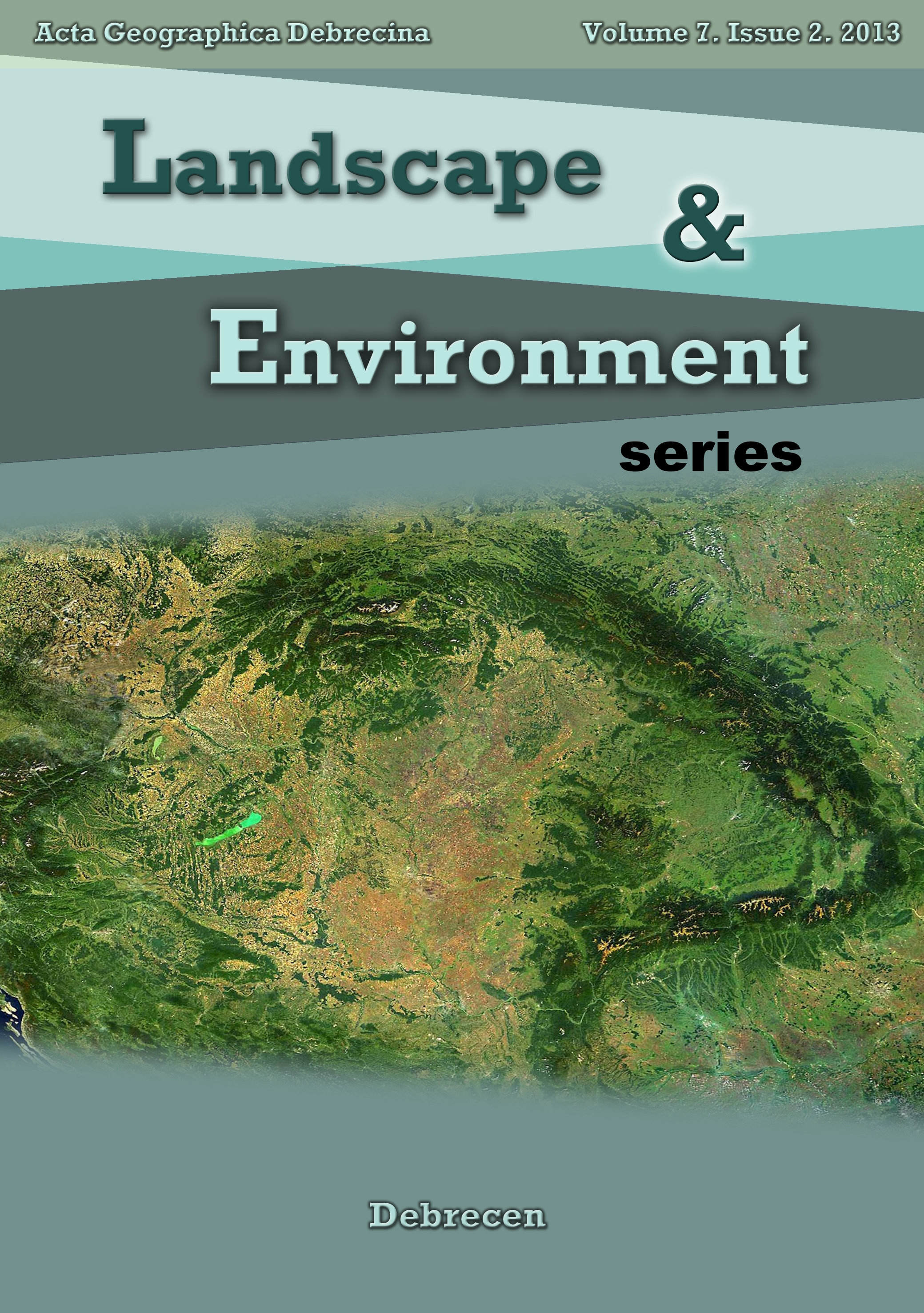In-flight icing characteristics of unmanned aerial vechicles during special atmospheric condition over the Carpathian-basin
Author
View
Keywords
How To Cite
Abstract
The in-flight aerial icing phenomena is very important for the Unmanned Aerial Vehicles (UAV) because it causes some serious problems such as reduced lift and increased drag forces, significantly decreased angle of attack, increased weight, structural imbalances and improper radio communications. In order to increase flight safety of UAV’s we develop an integrated meteorological support system for the UAV pilots, mission controllers and decision makers, too. In our paper we show the in-flight structural icing estimation method as a part of this support system based on a simple 2D ice accretion model predictions. We point out the role of the ambient air temperature, cloud liquid water content, airfoil geometry and mainly the true airspeed in the icing process on the wings of UAVs. With the help of our model we made an estimation of geometry and amount of ice accretion on the wing of a short-range and a high-altitude and long-endurance UAVs during a hypothetical flight under a typical icy weather situation with St clouds over the Carpathian-basin (a cold-pool situation case study). Finally we point out that our icing estimation system can easily be adapted for supporting the missions of UAVs.
